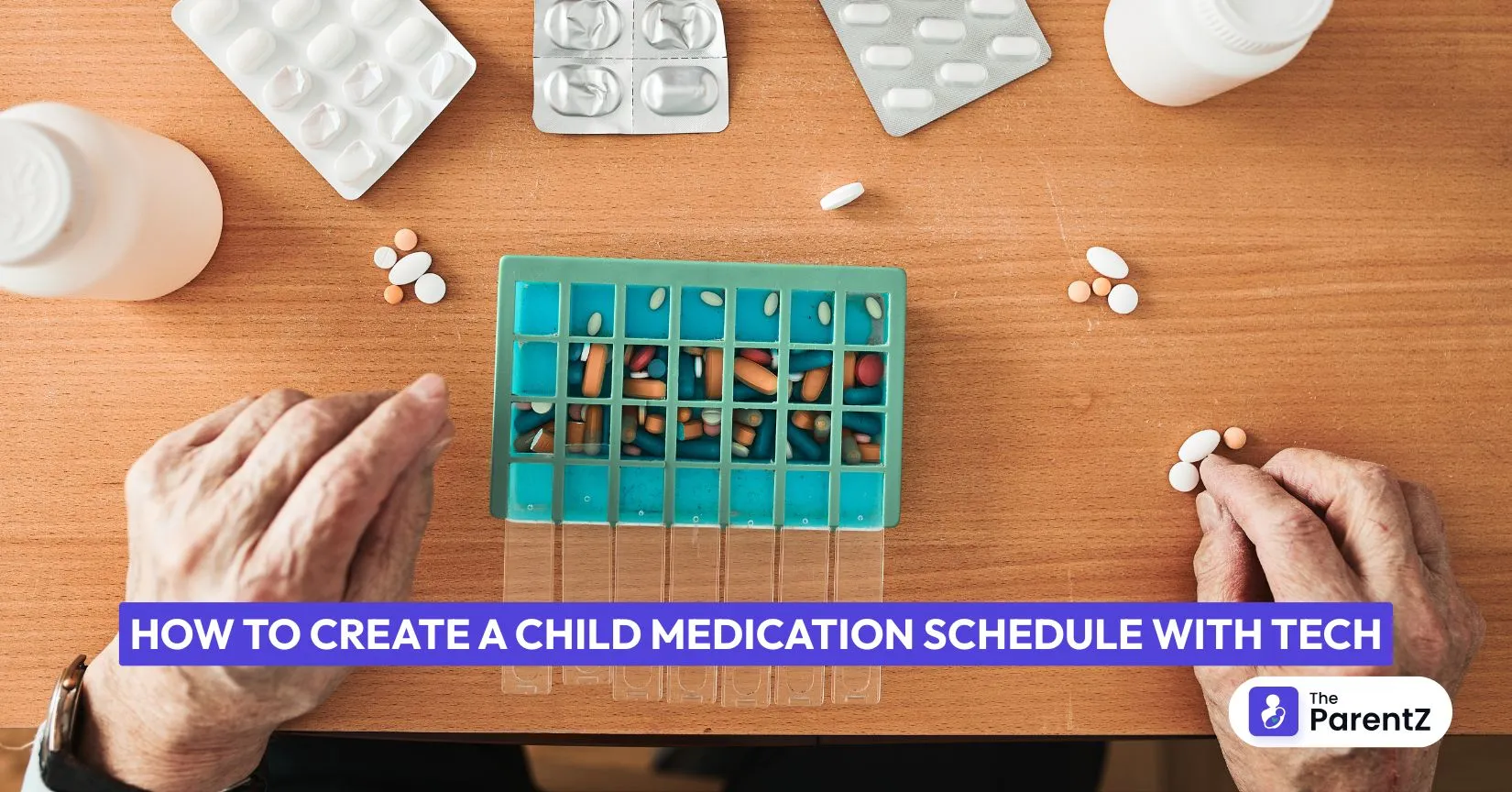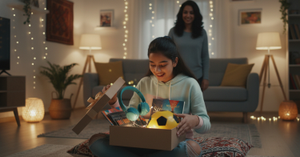If you’re a new parent, you might find managing your child’s medications very overwhelming. Remembering every dose, timing, and special instruction, especially when you’re already sleep-deprived, is a real challenge. Thankfully, technology offers a simple solution: medication tracking apps. These tools help you organize, remind, and record every step of your child’s medication routine. Even if you’ve never heard of these apps before, this guide will walk you through the entire process in a way that’s easy to follow and stress-free.
Why Digital Medication Tracking Matters
Traditional paper charts and sticky notes often fail when life gets busy. You're rushing to daycare, dealing with a fussy toddler, or simply exhausted from sleepless nights. This is where digital medication tracking becomes a game-changer. Apps provide reliable reminders, detailed logs, and safety features that paper simply cannot match.
The challenge many parents face is medication errors. Studies show that nearly 80% of parents have given incorrect doses to their children at some point. These mistakes happen not because parents don't care, but because they're human. Digital tools eliminate guesswork and provide the structure needed to keep your child safe and healthy.
Step-by-Step Guide to Setting Up Your Digital Medication Schedule
Step 1: Choose the Right App
Start by selecting a medication tracking app that offers comprehensive features. Look for apps that include dose alerts, medication logs, allergy tracking, and medical history export capabilities. TheParentZ Child Health and Growth Tracker App, for example, provides all these features specifically designed for parents managing their child's health needs.
The reason this step matters is simple: not all apps are created equal. Some focus only on reminders, while others offer complete health management. Choose one that grows with your family's needs.
Step 2: Input All Current Medications
Create a complete profile for each child, including their age, weight, and any known allergies. Then add every medication they take, including prescription drugs, over-the-counter medicines, vitamins, and supplements. Don't forget seasonal medications like allergy medicines or occasional treatments.
This comprehensive approach prevents dangerous drug interactions and ensures you have a complete picture of what your child is taking. Many parents make the mistake of only tracking prescription medications, missing potential interactions with vitamins or supplements.
Step 3: Set Up Precise Timing
Configure alerts for each medication's specific schedule. Some medicines need to be taken with food, others on an empty stomach, and some require specific intervals between doses. Set reminders 15-30 minutes before dose time to allow for preparation.
The challenge here is that not all medications follow simple "twice daily" schedules. Some require complex timing, and apps help you manage these intricate schedules without mental fatigue.
Step 4: Enable Safety Features
Activate allergy alerts and drug interaction warnings. These features prevent accidental administration of medications that your child cannot safely take. Also, set up multiple notification methods like push notifications, emails, or even text messages.
This step addresses the fear every parent has about giving their child something harmful. Technology provides an extra layer of protection that human memory alone cannot guarantee.
Addressing Common Parent Concerns
- "Will I become too dependent on technology?" The goal isn't dependence but reliability. Apps provide structure that makes medication management safer and less stressful. You're still the parent making decisions; technology just helps you execute them consistently.
- "What if the app fails?" Choose apps with cloud backup and export features. Regularly export your medication logs to have physical copies when needed. This data is valuable for healthcare providers and emergency situations.
- "Is my child's information secure?" Select apps with strong privacy policies and encryption. Read reviews and choose established apps with good security track records.
Conclusion
Creating a child medication schedule with technology isn't about replacing parental instinct—it's about supporting it. Apps provide the reliability and structure that busy parent life demands while maintaining the safety and care your child deserves.
Remember, the best system is the one you'll actually use consistently. Start simple, build habits, and gradually utilize more features as you become comfortable. Your child's health is worth the small investment in time to set up these digital safeguards.
Technology should make parenting easier, not more complicated. With the right approach and tools, managing your child's medications becomes one less thing to worry about in your busy parenting journey.








Be the first one to comment on this story.